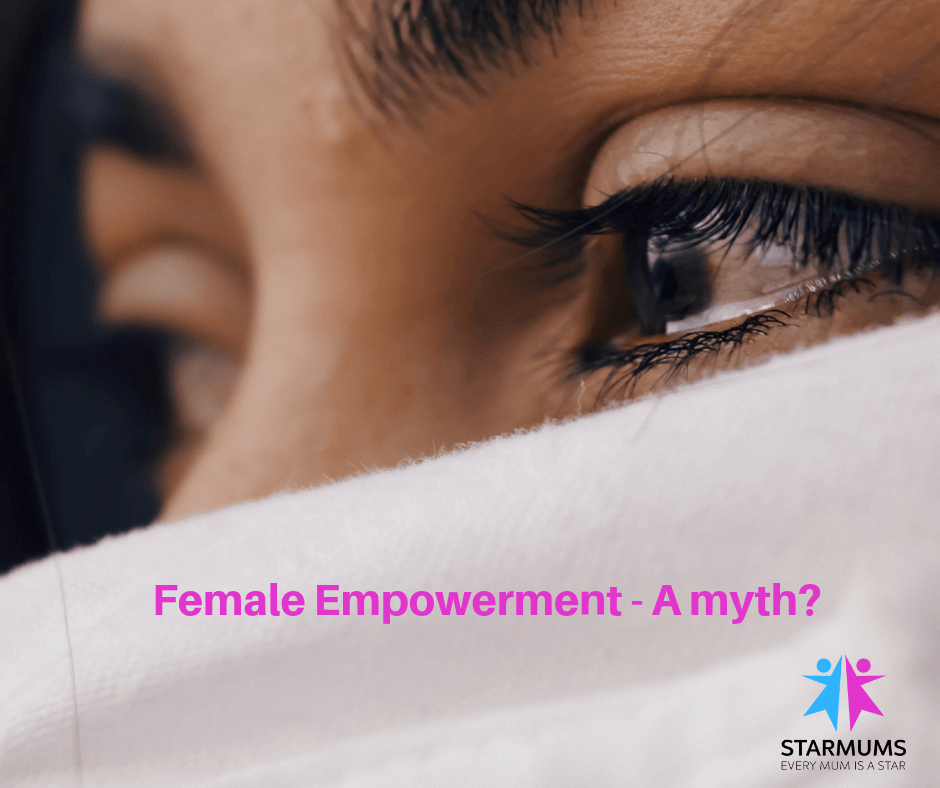Female Empowerment in Bangladesh – a Myth or Mirage?

The female empowerment journey in Bangladesh started since the 1971, when the women glorified the nation playing an unprecedented devotion written by blood, tear and honour. The Bangladeshi constitution has also acknowledged the equal rights of both men and women in all affairs. The country proudly celebrates and rejoices a gender neutral society. Female participation in corporate sector, media and politics is noteworthy. Moreover, a country which has been ruled over by female leaders for a long time, should be an ideal epitome of female empowerment. The statistics, however, suggests otherwise and truth has stumbled against the face of grim reality. Bangladesh is still far from establishing a gender-balanced society. In 2017, Bangladesh was ranked 47 out 144 countries surveyed on the Gender Inequality Index. This is evident in the heinous crimes to suppress women’s right in Bangladesh, which do not even spare infants! You may think that I am grossly pessimist, but yes, females are suppressed, tortured and discriminated in Bangladesh despite the claim that it is a gender neutral society! So that the numbers may speak, here are some facts –
Acid violence
As horrible as it may sound, but Bangladesh has the highest number of acid violence in the world. Since the 1980s, it has become a popular yet horrible trend, especially in the rural areas either to take revenge or torture women for myriad of reasons. Of the total burn casualties in Bangladesh, 9% are attributed to acid violence. The causes of acid violence include – family disputes, refusal of sex, refusal of romantic relationship, dowry conflicts, marital disputes, refusal of marriage proposal, and myriad of other reasons. The law enforcement agencies are cracking down against the acid attackers and strict laws are in place. This has hardly affected the number of acid violence, and its only growing.
Suicide
Suicide has become another burning social issues in Bangladesh. Although the numbers have declined since 2011, which was 19,697, albeit, the overall percentage alarmingly high. Estimated average rate of suicide in Bangladesh is 7.3 per 100,000 people per year. On average around 30 people commit suicide every day. Alarmingly, in 2017, 11095 people committed suicide in Bangladesh. Of those who commit suicide 89% are female and live in the rural areas. The main reasons of suicide include – discrimination, antenatal and postnatal depression, abuse, schizophrenia, marital disharmony and social stigma. Despite the staggering number of suicidal deaths caused largely due to mental health issues a scant 0.5% of the total health budget is allocated to mental health in Bangladesh. A country where the number of hospital beds per 10,000 population is 3 and doctor to population ratio is 1:2,000, mental health is too significant to be considered as a severe problem!
Rape
Of all the other form of exploitation against female, the most sinister and gravest is rape. This is another trend which has not only ashamed the victim but the whole nation. We have become tolerant readers of news like – gang rapes, child rapes – we just take a sigh and that’s it! Until April, 2018, the country remained in harsh criticism for exercising its notorious ‘two-finger test’ method for rape investigations. Data shows that 9.82 out of 100,000 women are victim of rape ranking Bangladesh 30. From 2014 to 2017, a total of 17,289 cases of women and child rapes were reported. Of these total 13,861 were women and 3,528 were children. Even after unprecedented campaigns against rape incidents, the offenders walk free quite easily due to the fragile rule of law that exists in the country.
Domestic violence
A common form of female exploitation in Bangladesh is domestic violence. Though there is a Domestic Violence Act passed in 2010, studies have shown that approximately 87% married women have experienced some form of violence by their husbands in various forms, e.g. physical, sexual or psychological. Typically, most families in Bangladesh are male dominated, largely due to financial dependency. Due to heavy reliance and poor education, many women serve as housewives and become subject to various forms of abuse. A lot of these abuses remain under-reported due to social stigma and fear. A statistics published by Bangladesh Mahila Parishad shows that 389 women were tortured and murdered by their husbands and in-laws for dowry in 2017. This exceeded the previous year’s statistics which was 361.
Workforce participation
When it comes to employment, the glass ceiling effect of male versus female is prevalent in all around the world, where Bangladesh has not seen much hope yet. In the urban areas more females are seen to be getting into workforce, with the heightened ratio of education but the rural areas are still male dominated. The RMG boom of Bangladesh has attracted many female workers from the rural areas to urban locations, but the employment rights are far from equal. This is reflected in the lower wages, ill-treatment and exploitation of female workers. In recent years, there are some improvements observed in the corporate jobs that require higher skills and education, albeit the ratio is far less than the male counterpart.
Ok, the picture is not all black. There are some silver linings as well! If we compare the stats at least with the last decade, Bangladesh has come across quite far. The gender gap ratio is diminishing slowly. Although in snail’s pace, but still there are some marks of improvement in education and employment. A large number of female knowledge workers are taking part into major industries, MNCs and host of other organisations. Many organisations are promoting male and female balance into their workforce. The local NGOs, social enterprises and foreign donor organisations are working towards removing the gender bias in the rural areas. The policy makers should step forward with stronger initiative and stark rules to battle the challenges of female empowerment. The progress of the country will only remain nothing but a far cry until we are able to establish a society free of any gender bias.

